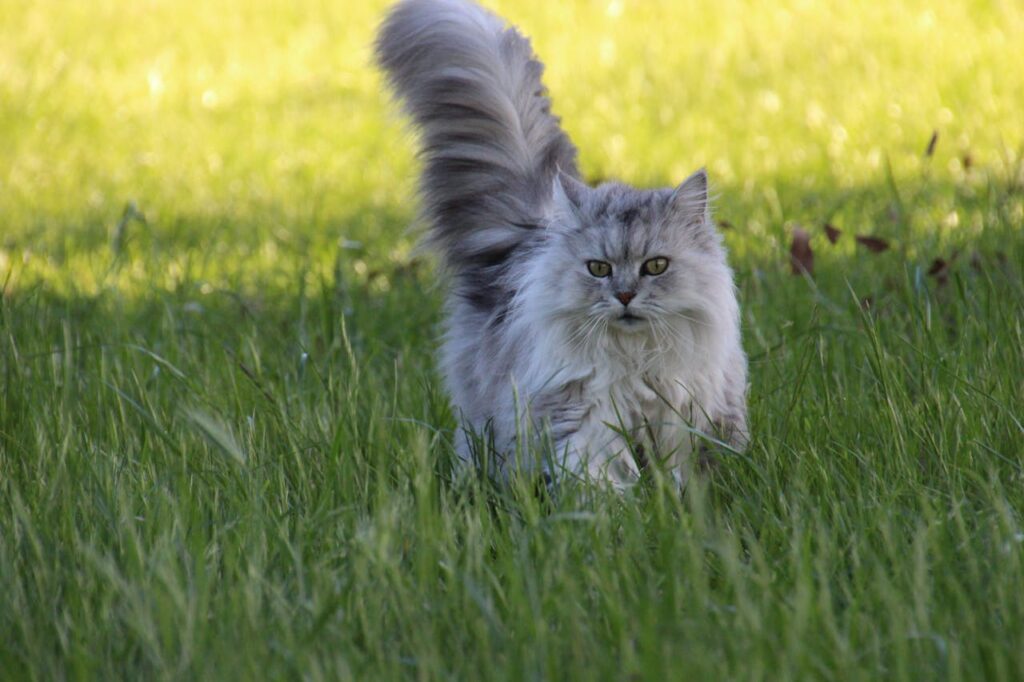Persian cats are known for their luxurious coats, expressive eyes, and calm, affectionate personalities. But beneath that regal exterior lies a health concern many owners aren’t aware of—Polycystic Kidney Disease (PKD). This inherited condition can affect Persian cats from a young age and, if left unchecked, may lead to kidney failure.
Understanding PKD early on can make a significant difference in your cat’s long-term health. At Atlas Animal Hospital, we’ve helped many Persian cat owners catch and manage this condition before it becomes serious.
What Exactly Is Polycystic Kidney Disease?
PKD is a genetic disorder that causes fluid-filled cysts to form in the kidneys. Over time, these cysts grow and interfere with normal kidney function. The disease is autosomal dominant, meaning if one parent carries the gene, there’s a 50% chance it will be passed on to the kittens.
In Persians, PKD is unfortunately common. Studies show that nearly one in three Persian cats may carry the defective gene—making early screening critical for any responsible pet owner.
Symptoms You Shouldn’t Overlook
PKD symptoms often don’t appear until the disease has significantly progressed, which is why many cats seem perfectly fine—until they’re not. Keep an eye out for these subtle changes in your Persian:
- Increased thirst and urination
- Loss of appetite
- Weight loss
- Lethargy or decreased activity
- Vomiting or nausea
- Poor coat condition
These signs are common to many illnesses, but in Persians, they should prompt a discussion with your vet about PKD. A quick and non-invasive ultrasound can help spot cysts early, even before symptoms begin.
Diagnosing PKD: The Sooner, The Better
Genetic testing is the most definitive way to confirm whether your Persian cat carries the PKD gene. This test can be performed at a young age—even as early as 8 to 10 weeks old—using a simple cheek swab or blood sample.
Ultrasound is another important tool. It allows your vet to actually see the cysts forming in the kidneys. At Atlas Animal Hospital, we recommend routine screening for Persians and Persian mixes, especially if you’re planning to breed.
There’s No Cure, But There Is Hope
While there’s currently no cure for PKD, early diagnosis means early intervention. Diet adjustments, proper hydration, and medications can help slow the progression of kidney damage. Regular bloodwork and urine testing also help monitor kidney function and keep your cat comfortable and thriving.
Think of PKD like managing diabetes—it requires attention and care, but it doesn’t have to rob your cat of a good life. With the right treatment plan, many Persian cats live well into their senior years.
Why Screening Matters—Even If Your Cat Seems Healthy
Because PKD is inherited, it’s important to test even if your Persian shows no symptoms. If your cat is diagnosed, it’s also wise to notify the breeder and avoid breeding them to help reduce the spread of the disease in future generations.
At Atlas Animal Hospital, we prioritize early detection and practical guidance. Whether you’re coming in for a routine exam or a specific screening, our team works with you to protect your cat’s health—today and long term.
Give Your Persian The Best Life Possible
Your Persian gives you so much love—return the favor by staying proactive about their health. If your cat hasn’t been screened for Polycystic Kidney Disease, now’s the time to book a test or ultrasound. The sooner we know, the better the outcome can be.
Call Atlas Animal Hospital at 604-301-0300 to schedule a screening or to chat with our team about your Persian’s risk factors. We’re here to help you make confident decisions for your pet’s care.

